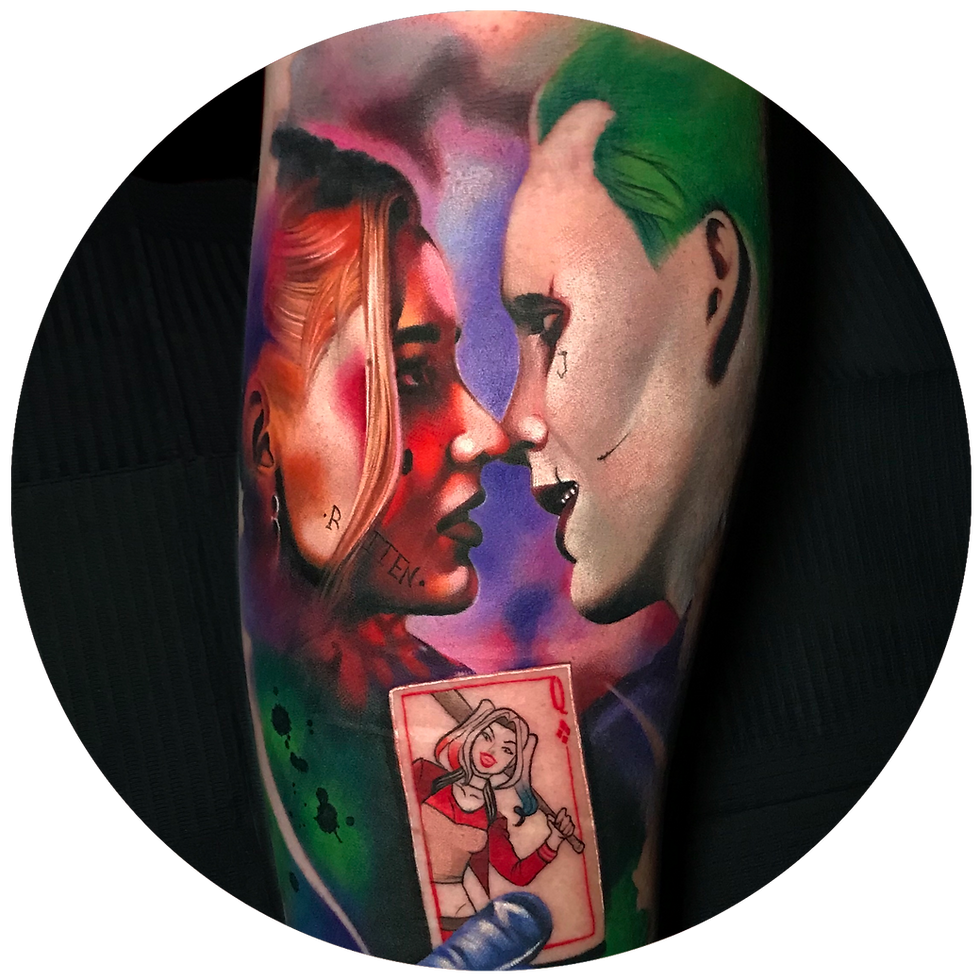
NikaVera
Tattoo Artist
Reykjavik Iceland

The Viking Spirit: Tattoo Traditions in Iceland
When people think of Iceland, they often imagine breathtaking landscapes, volcanic energy, and the northern lights. But Iceland also carries a strong cultural legacy that inspires modern tattoo art — the heritage of the Vikings.
Tattoos in the Viking Age
There are no written records confirming tattoos among Vikings, but many historians and travelers (such as Ahmad ibn Fadlan in the 10th century) described Norsemen as having their bodies covered in patterns of trees, knots, and symbols. These designs often reflected nature, mythology, and protective runes.
Norse Symbols in Modern Tattooing
Today, symbols like Vegvísir (the Viking compass), Ægishjálmur (the Helm of Awe), and rune inscriptions are among the most requested motifs in Reykjavík tattoo studios. These designs are more than decoration — they connect the wearer with Iceland’s heritage and identity.
A Contemporary Icelandic Tattoo Scene
Reykjavík has become a hub for tattoo culture in Iceland. Here, artists combine ancient symbolism with modern techniques such as realism, black and grey shading, or abstract geometry. Many clients seek tattoos inspired by Iceland’s raw nature: glaciers, mountains, puffins, and northern lights.
Why it Matters
For visitors and locals alike, getting a tattoo in Reykjavík is not just about body art — it’s a way of carrying a part of Iceland’s spirit. Whether it’s a rune for protection, a Viking ship, or a piece of realistic art inspired by Icelandic nature, tattoos here tell stories that bridge history and modern self-expression.

